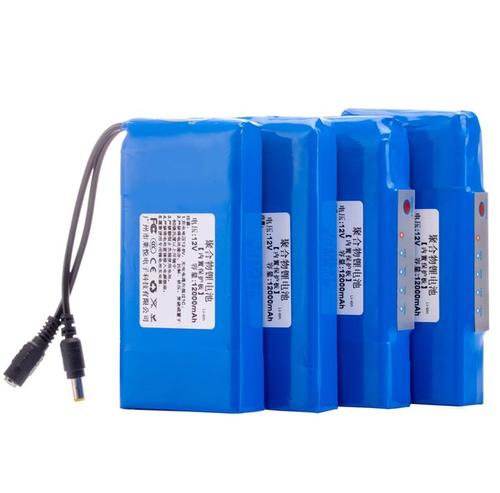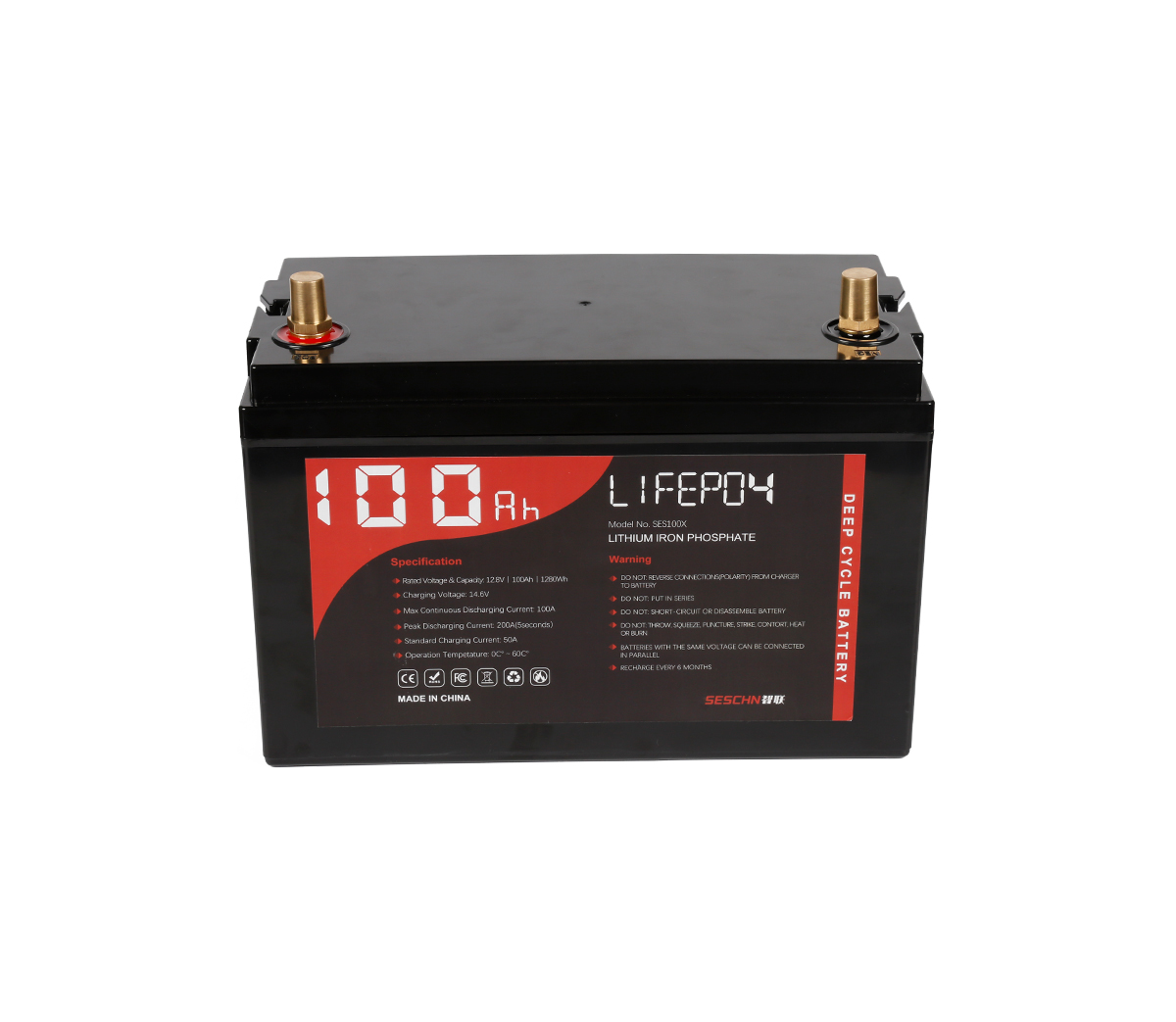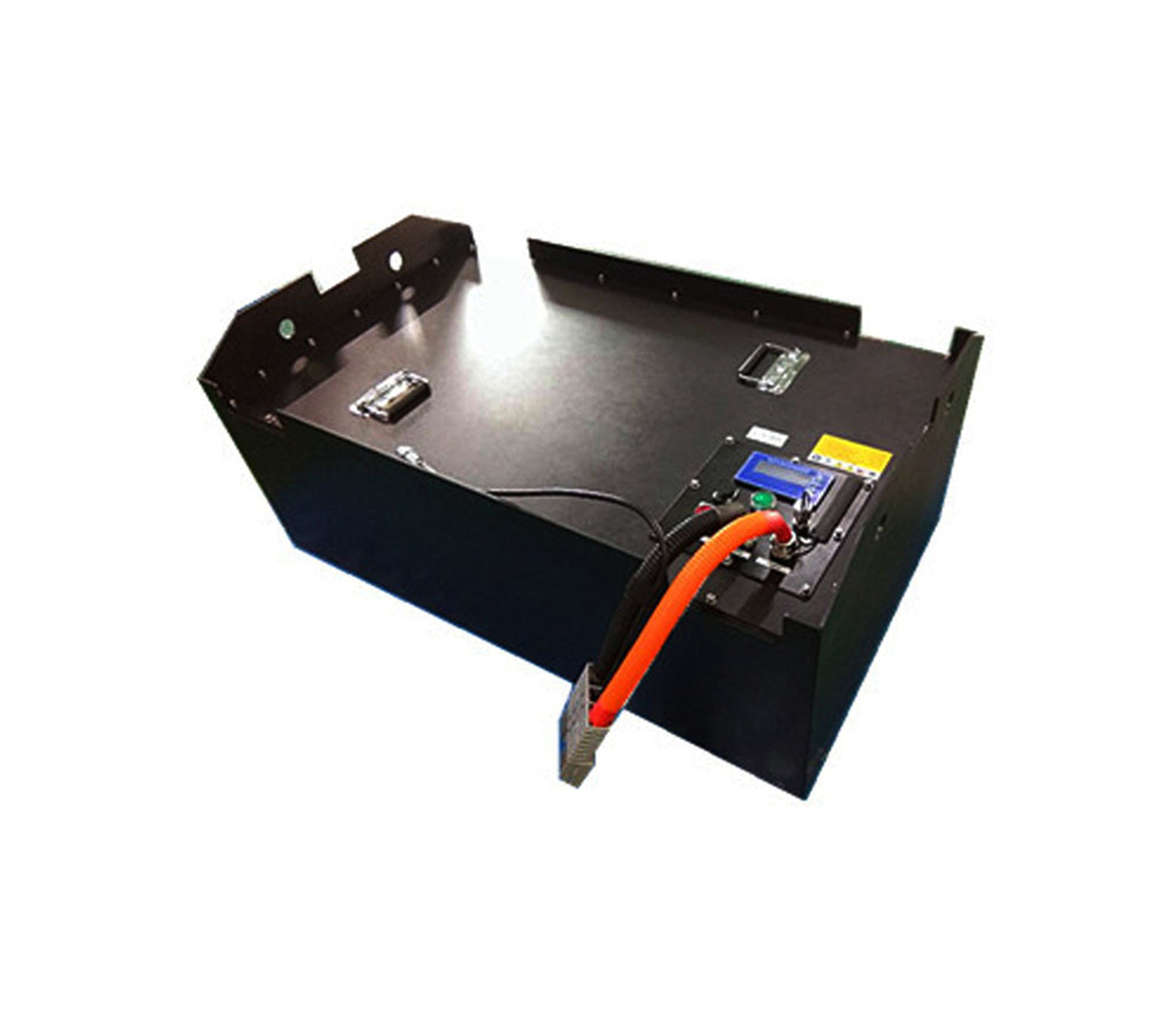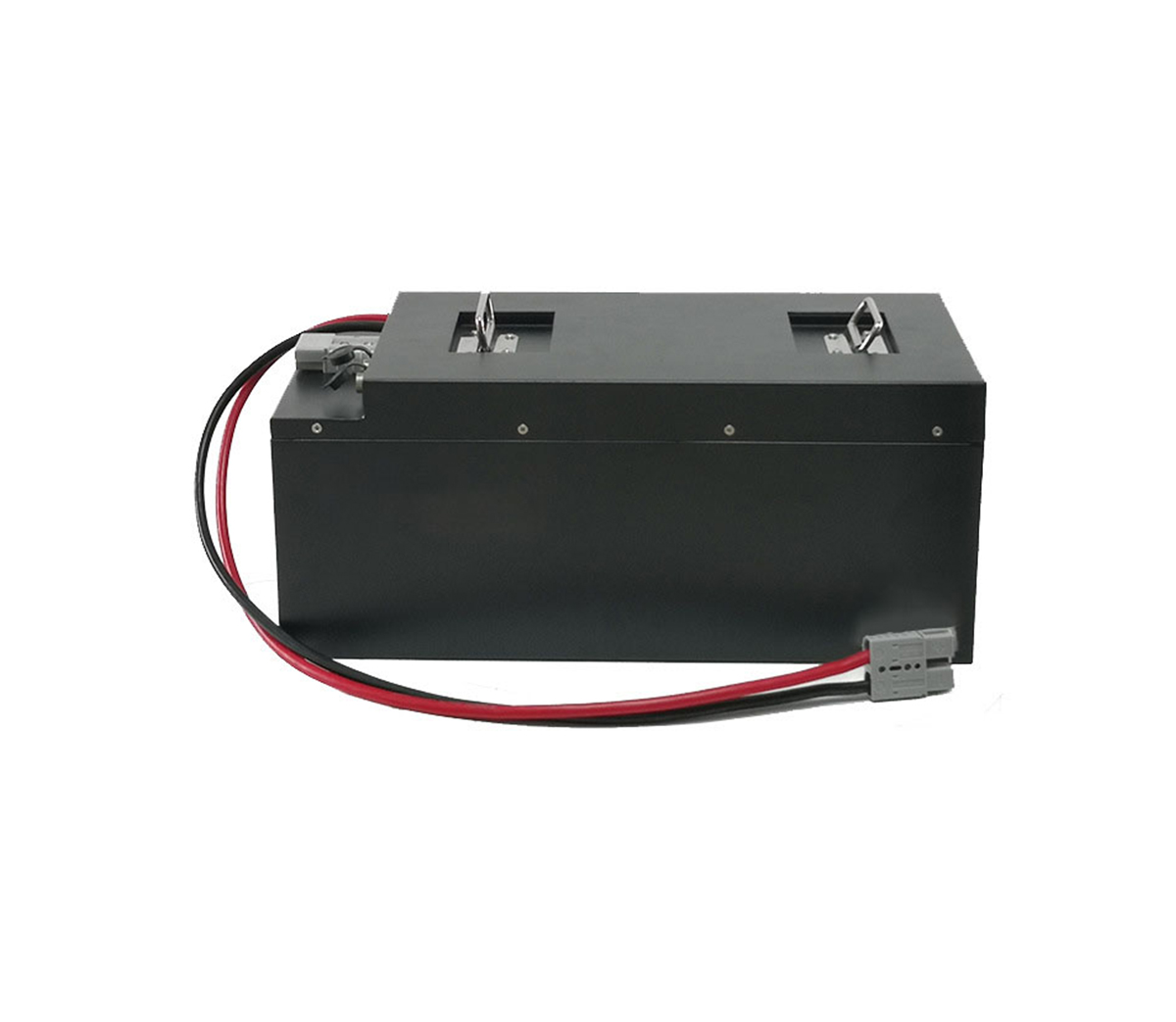
In the new energy vehicle industry, technical problems such as difficulty
in charging and long charging time have always been one of the obstacles to the
promotion of electric vehicles. In the case that the charging facilities cannot
fully meet the demand, the core problem of all this is that the charging
technology of electric vehicles is not good enough to meet the requirements of
fast charging. Power vehicles that can meet fast charging have become an obvious
demand in the industry.
However, new market demands will inevitably lead to the emergence of new
technological innovations and products in all walks of life.
"The second-generation fast-charging lithium battery we released this time
can shorten the charging time to 15 minutes." At the 2013 3rd China (Shenzhen)
Public Transport City Development Forum, Zheng Zhuoqun, Director of the
Technology Center of Weihong Power System Co., Ltd. introduced In the current
situation that the general charging technology of new energy vehicles cannot
meet the requirements of fast charging, the industry needs to make changes.
Advanced power battery technology According to Comrade Zhiming, general manager
of Weihong Power (Huzhou) System Co., Ltd., Weihong Power’s first-generation
fast-charging battery product-LpTO? Lithium titanate battery has accumulated
more than 900 buses in operation. 60 million kilometers. While the
second-generation product released this time still retains the characteristics
of fast charging and long cycle life of more than 10,000 times, its energy
density and economy have been significantly improved compared with the previous
generation products. It provides a better energy solution for bus operation of
pure electric buses.
"The cycle life of the multi-element composite lithium battery cell is
still more than 10,000 times at room temperature when charged and discharged at
a rate of 6C, which is twice that of the world's best lithium iron phosphate
battery products. After being assembled, it can meet the charging rate of 4C. It
means that the battery pack can be fully charged within 15 minutes." Zheng
Zhuoqun said that the weight energy density of the multi-element composite
lithium battery has also reached 120Wh/kg, which exceeds that of lithium
titanate and lithium iron phosphate batteries. The discharge capacity of the
multi-element composite lithium battery at low temperatures (minus 20 degrees
Celsius) can reach 78% of the normal temperature, and it has good low
temperature performance.
The launch of multi-element composite lithium battery products has made up
for the shortcomings of fast-charging lithium titanate batteries with low energy
density and energy-type lithium iron phosphate and ternary batteries that cannot
be fast-charged, providing pure electric vehicle products to truly meet the
actual needs of bus operations. Innovative, more feasible, and more economical
solutions.
"The improvement of product performance comes from the research and
development of basic raw materials." Comrade Zhiming told reporters that the
multi-element composite lithium battery uses the porous composite carbon of
Weihong's patented technology as the negative electrode material. The increased
specific surface area and pores also greatly increase the number of lithium ion
migration and insertion channels, allowing lithium ions to be inserted and
extracted quickly and stably. This solves the long-term technical bottleneck
hindering the rapid charging of high-energy density graphite negative lithium
battery products, and at the same time greatly extends the battery life.
This technology also greatly improves the battery safety compared to
traditional graphite anode lithium batteries. The multi-element composite
lithium battery group has passed the mandatory inspection by the National
Passenger Car Quality Supervision and Inspection Center. The inspection test
includes 9 safety tests including short circuit, overcharge, over discharge,
heavy object impact, drop, squeeze, acupuncture, height simulation, heating,
etc., in full compliance with the national QC/T743-2006 "Lithium for Electric
Vehicles" "Ion battery" safety standard.
The characteristics of fast charging
"Slow charging and long time-consuming are common problems encountered by
most electric vehicles that are still in operation." Comrade Zhiming believes
that the biggest difference between Weihong and other power battery companies is
that they have a deep understanding of bus users' ability to solve the technical
bottlenecks of pure electric buses and improve operations. The demand for
efficiency, and the use of its own development capabilities in the field of
basic material chemistry, actively seek more feasible solutions for first-line
public transport users.
is different from the lithium iron phosphate pure electric vehicle which
needs to be equipped with all-day batteries, and the lithium titanate pure
electric vehicle needs to frequently enter the station for charging. The use of
multi-element composite lithium batteries only needs to carry the batteries
required for half a day of operation. After the operation in the morning, a
quick recharge of 15 minutes in the noon can meet the full-time operation of the
whole day.
The new generation of multi-element composite lithium battery has a higher
energy density, which makes the vehicle's driving range longer, and at the same
time the battery weight is reduced by 40%.
Traditional lithium iron phosphate battery packs cannot be charged quickly,
and buses need to be equipped with batteries required for all-day operations.
The on-board battery pack weighs more than 4 tons; however, the multi-element
composite lithium battery technology that can be quickly charged requires only
half-day on-board batteries. The weight can be reduced by 40% compared with the
lithium iron phosphate solution, which significantly reduces the structural load
and energy consumption of the car body, improves safety, and increases the
passenger capacity. Can still charge quickly, improve efficiency and have long
cycle life
"The same fast charging effect does not require frequent return to the
station for charging. All day operations only need to use the fast charging 15
minutes to recharge once during the noon break; when returning to the station at
night, you can choose fast charging or slow charging using grid power." Comrade
Zhiming believes that multi-element composite batteries have a long service life
and less investment in vehicles and charging facilities, which can achieve
high-efficiency operations and maximize economic benefits.
As an active implementer of fast charging technology, Weihong Power System
has launched large-scale field operations for fast charging vehicles at home and
abroad since Weihong launched the first generation of fast charging batteries in
early 2011. As of September 2013, Weihong's fast rechargeable battery system
products have been equipped with more than 900 public buses, achieving practical
operation accumulation of nearly 60 million kilometers.
It is understood that the fast charging station set up in the Chongqing
Airport Bus Hub can quickly charge 6 pure electric fast charging buses at the
same time, and the battery pack can be fully charged in 6-8 minutes; more than
two years of field operations are fast Charging technology, especially the
profound experience accumulated in the application of public transportation, has
also been recognized by public transportation customers.
"The release of the second-generation fast-charging lithium battery marks
another breakthrough for Weihong in this technology. Higher energy density, fast
charging, and long cycle life have made the current bottleneck of electric
vehicles a breakthrough. We will very much look forward to this new product to
accelerate the process of electrification of transportation." For future plans,
Comrade Ming said that the inflection point of technology leading the market has
begun to highlight, and now it depends on who can grasp it.



































